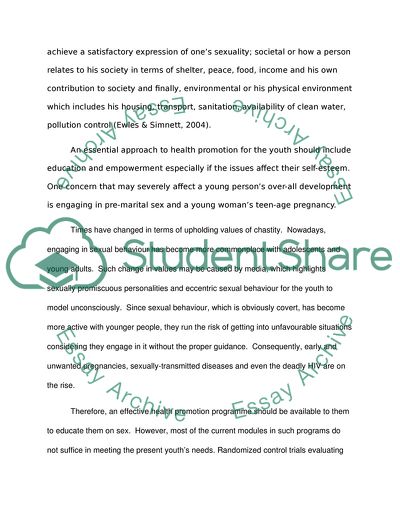Cite this document
(Lets Talk About Sex Baby Thesis Proposal Example | Topics and Well Written Essays - 2750 words, n.d.)
Lets Talk About Sex Baby Thesis Proposal Example | Topics and Well Written Essays - 2750 words. https://studentshare.org/health-sciences-medicine/1740300-a-proposal-for-a-health-education-programme-project
Lets Talk About Sex Baby Thesis Proposal Example | Topics and Well Written Essays - 2750 words. https://studentshare.org/health-sciences-medicine/1740300-a-proposal-for-a-health-education-programme-project
(Lets Talk About Sex Baby Thesis Proposal Example | Topics and Well Written Essays - 2750 Words)
Lets Talk About Sex Baby Thesis Proposal Example | Topics and Well Written Essays - 2750 Words. https://studentshare.org/health-sciences-medicine/1740300-a-proposal-for-a-health-education-programme-project.
Lets Talk About Sex Baby Thesis Proposal Example | Topics and Well Written Essays - 2750 Words. https://studentshare.org/health-sciences-medicine/1740300-a-proposal-for-a-health-education-programme-project.
“Lets Talk About Sex Baby Thesis Proposal Example | Topics and Well Written Essays - 2750 Words”. https://studentshare.org/health-sciences-medicine/1740300-a-proposal-for-a-health-education-programme-project.


